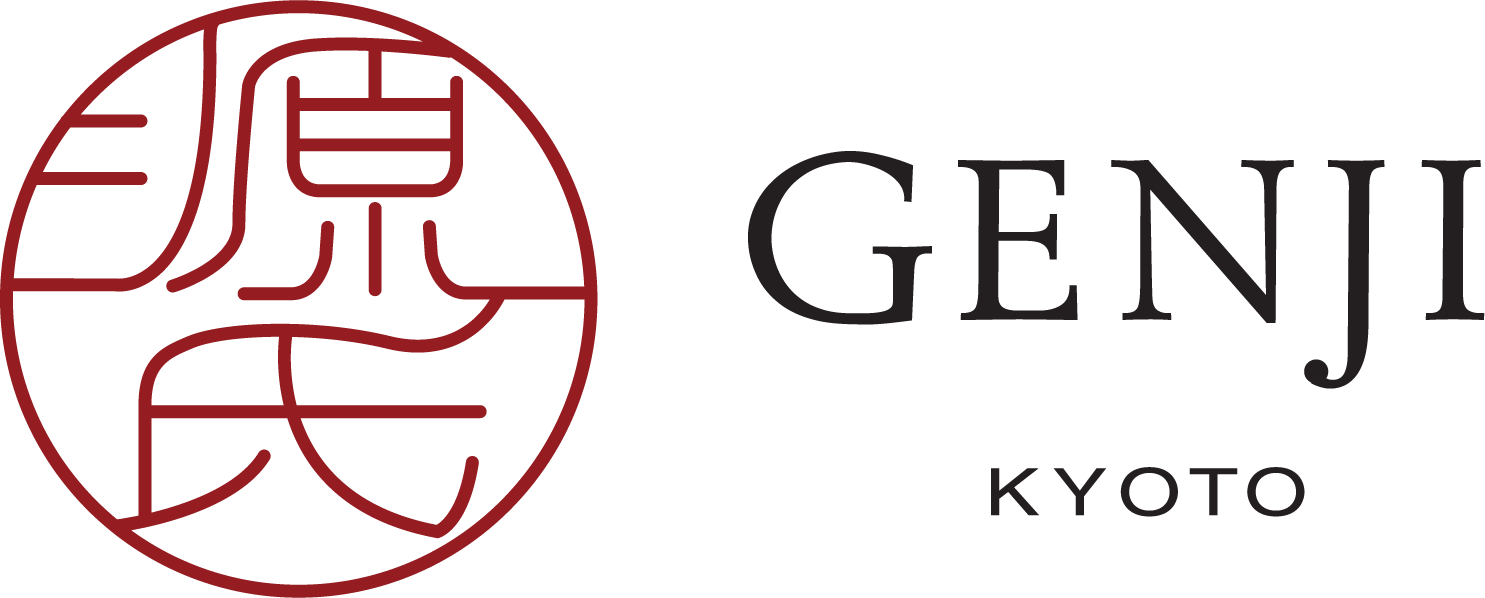Autumn Colors in Kyoto - Nature + Nurture
Fall foliage is spectacular in many places - New England, Canada, the Alps, the forests of central and northern Europe, the lakes and valleys of southern Europe, China or Korea. All are achingly beautiful when leaves change colors in autumn, bathing landscapes in different shades of yellow, orange and crimson.
Why does Kyoto rank amongst the world's favorite foliage spots? What is special in the sights and scenes of this city that makes it a magnet for foliage lovers and instagramers from Japan and around the world?
Tōji Temple in autumn. An extra dimension to appreciating fall foliage.
Momijigari as a Tradition
For Japanese people, Momiji (literally "red leaves") is not just a beautiful vista. Momijigari, or appreciating autumn maples, is a tradition that inspires reverence and excitement, the same way that Hanami, the viewing of cherry blossoms, celebrates the arrival of spring.
These customs were passed down from centuries ago, when Kyoto's aristocrats would hold banquets under cherry blossom or maple trees and write Waka poems to mark the change of seasons.
Scenes depicted in the Tale of Genji of characters contemplating the fragility of life have fired the imaginations of generations. Both Hanami and Momijigari are a beloved pastime as well as enduring motifs in Japanese culture.
Celebrating autumn with a dance under maple trees. A scene in Tale of Genji painted by Tosa Mitsunobu.
Painting by Tosa Mitsunobu on a chapter of Tale of Genji called Hana no En, or Flower Banquet.
Nature + Nurture
It helps that Kyoto is surrounded by mountains on 3 sides, with slopes, forests and rivers providing a favorable habitat for maple trees. There are a great many places where viewers can enjoy fall colors, from Kifune and Sanzen-in areas in the north, to Takaō mountains and Arashiyama in the west, to even right in the heart of the built-up city.
Arayshiyama Togetsukyō
Apart from its natural endowment, Kyoto is unique in that it has the greatest concentration of temples, shrines, and gardens, not to mention its magnificent imperial palace. These establishments have a long history of nurturing trees. When leaves change color in autumn, they form such a picturesque backdrop that every temple gate, prayer hall, pagoda, pond, path or bridge becomes an irresistable photo opportunity.
Shōsei-en Garden with ponds and bridges characteristic of traditional Japanese gardens.
Beauty in Context
One would not be just admiring the leaves, but the leaves in the context of Japanese architecture, landscaping and urban design, much of which is actually planned to incorporate the beauty of the seasons.
It is no accident that there are maples (and of course cherry blossoms too) shading the Philosophers Path, maples alongside the moat in Nijo Castle, and clusters of red, orange and green leaves juxtoposed above the walls of the Ryōanji rock garden.
One can easily imagine gardeners taking inordinate care over the centuries to ensure trees and vegetation are ideally positioned to reveal the best of both nature and the human hand.
Ryōan-ji rock garden with the lustre of autumn.
Eikandō Temple - lush green in summer and fiery red in autumn.
One of the most popular foliage spots is Kiyomizudera, which dazzles with a "stage" overlooking a sea of red. The temple's main hall, perched on stilts like a stage on the hillside, is both a vantage point as well as a vista itself. Another is Eikandō, fondly nicknamed Momiji Eikandō for the stunning effect of its 3,000 maple trees, with lush green maples turning fiery red in autumn.
Kiyomizudera’s main hall perched like a stage on hillside.
These temples are even more beautiful after dusk, when the trees and grounds get illuminated to reveal radiant hues. It is what adds an extra layer of magic to the autumn scene in Kyoto.
Called "light-up" events, they are held in many shrines, temples and gardens and are extremely popular amongst both locals and visitors. We present here a light-up schedule of the main venues for 2023.
Autumn Light-up Schedule for 2023
Ninna-ji Temple (仁和寺)
Oct 13 – Dec 3, 2023 (only Fri, Sat, Sun, Mon and holidays, except Nov 20, 27 and Dec 1)
18:30 – 21:00 ( last entry 20:30)
Kōdai-ji Temple (高台寺) / Entoku-in Sub-Temple (圓德院)
Oct 21 – Dec 10, 2023
17:00 – 22:00 (last entry 21:30)
Nijō Castle (二条城)
Oct 27 – Dec 3, 2023
18:00 – 22:00 (last entry 21:00)
Tō-ji Temple (東寺)
Nov 1 – Dec 10, 2023
18:00 – 21:30 (last entry 21:00)
Eikandō Temple (永観堂)
Nov 3 – Dec 3, 2023
17:30 – 21:00 (last entry 20:30)
Kyoto Botanical Garden (京都府立植物園)
Nov10 – Dec 3, 2023
Sunset – 20:00 (last entry 19:30)
Hōgon-in Temple (宝厳院)
Nov 11 – Dec 3, 2023
17:30 – 20:30 (last entry 20:00)
Kitano Tenmangu Shrine (北野天満宮)
Nov 11 – Dec 3, 2023
Sunset – 20:00 (last entry 19:30)
Daigo-ji Temple (醍醐寺)
Nov 11 - Dec 3, 2023
18:00 - 20:50 (last entry 20:10)
Kiyomizudera Temple (清水寺)
Nov 18 – Nov 30, 2023
17:30 – 21:30 (last entry 21:00)
Tōfuku-ji Temple (東福寺)
Nov 18 – Dec 3, 2023
17:30 – 19:30 (last entry 19:00) Advance online reservation required. Need to enter name in Japanese, Japan-issued credit card info, Japanese address and Japanese phone number. Also need to have phone access to internet at entrance, in order to show ticket online. Screenshots not accepted. Cancellation charges apply. Warning: Extremely crowded with not much room for free strolling.





